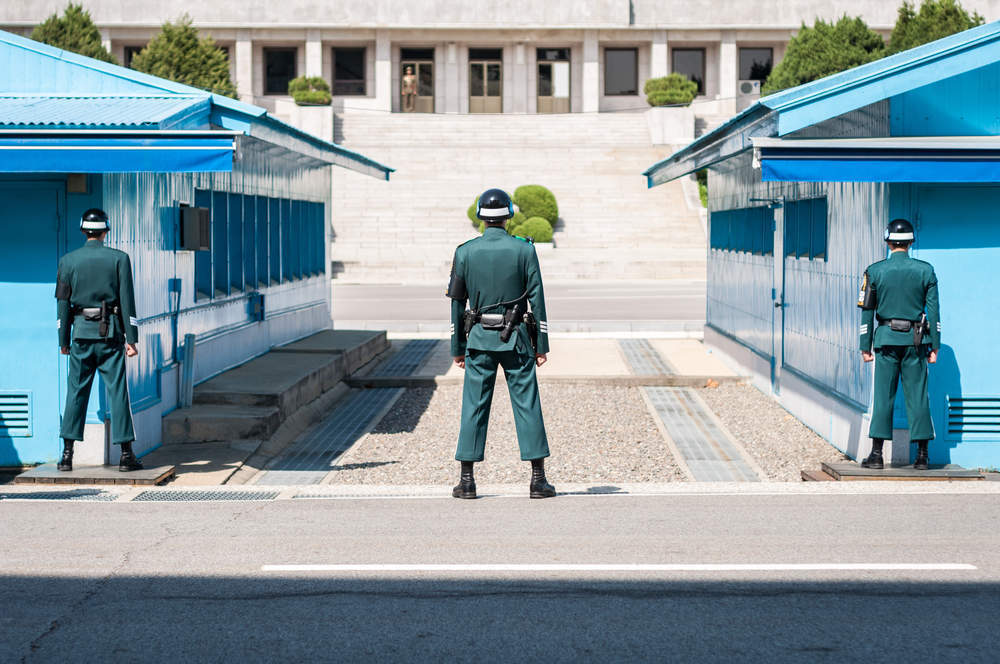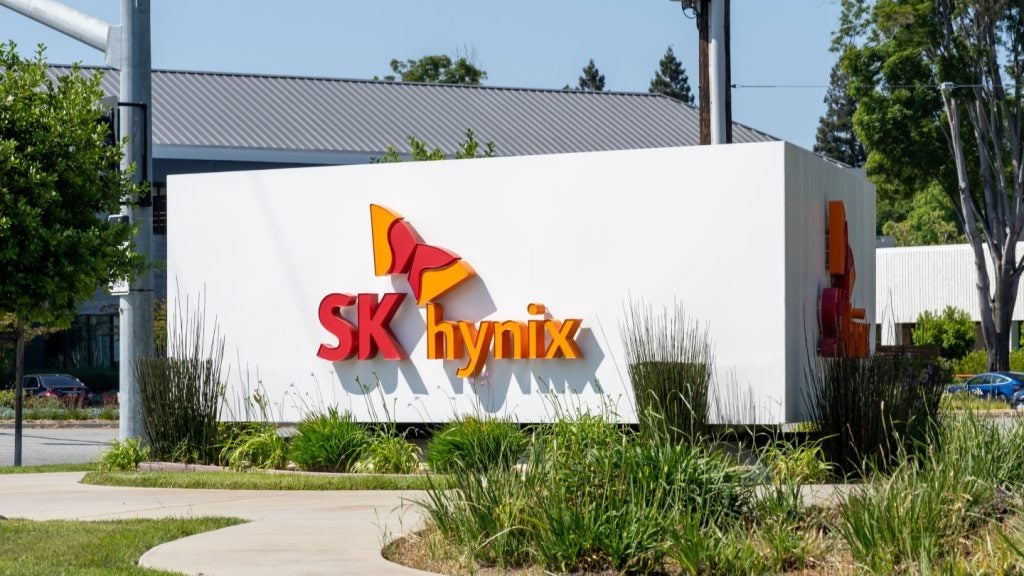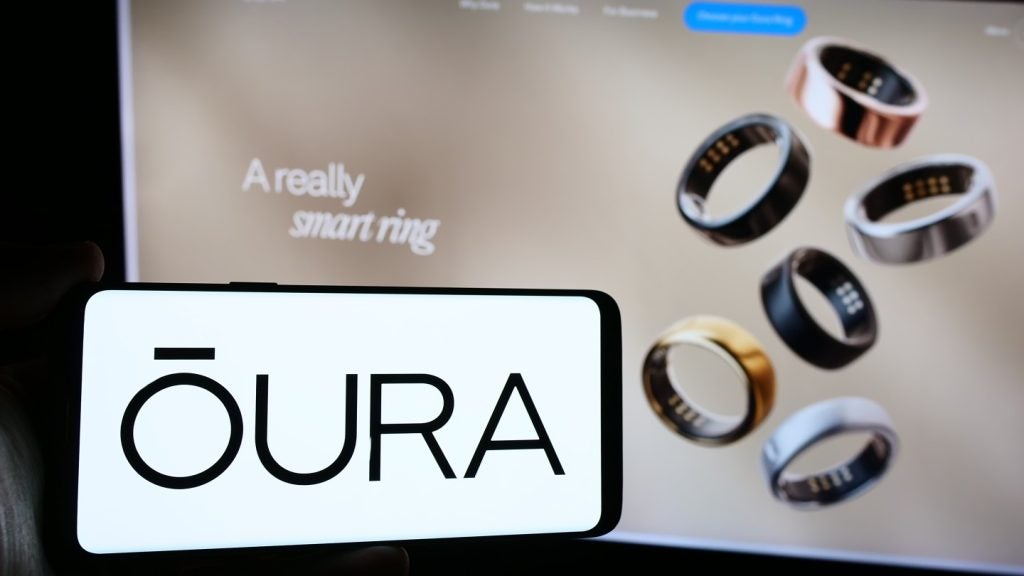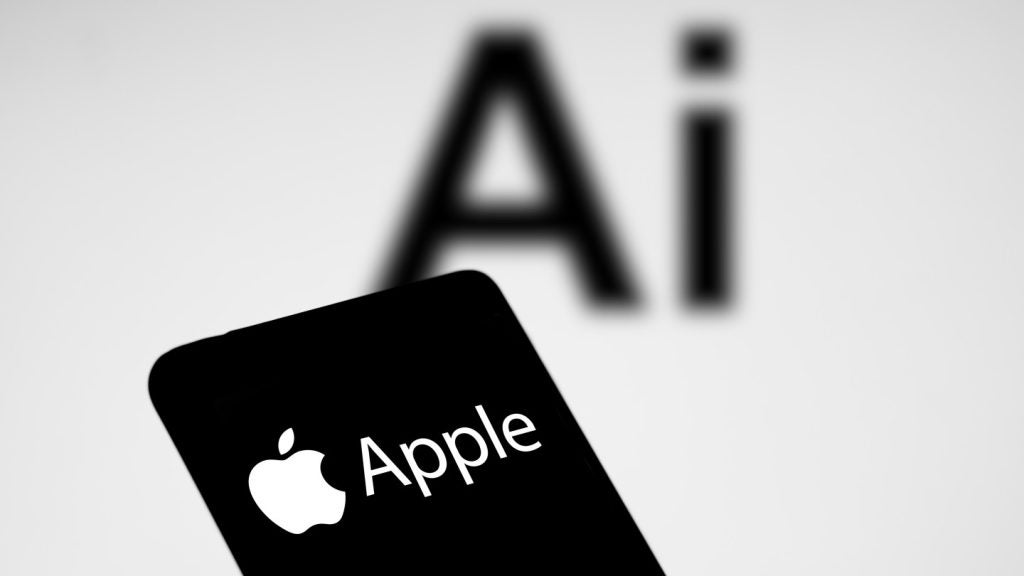South Korea was one of the earliest countries to experience a major outbreak of COVID-19. However, the country has recently seen a significant daily decline in the number of new cases.
Meanwhile, although the number of deaths attributed to the virus recently saw a slight rise, this followed a long period during which there had been no increase. Other countries are now looking at South Korea to understand what they can learn from its COVID-19 experience.
What South Korea learned from MERS
South Korea’s approach to tracking and minimizing the impact of COVID-19 relies on a combination of tactics. These include extensive testing for positive cases of the virus and the use of information technologies to enforce widespread tracing, monitoring and quarantine. Korea’s rigorous use of COVID-19 testing – the highest level of per capita testing in the world – was partly a product of the country’s experience with the 2015 Middle East Respiratory Syndrome (MERS) crisis, which killed 38 people in South Korea.
Rapid approval of testing kits
In the wake of that crisis, South Korea established a system to allow rapid approval of testing kits for viruses that have potential to cause pandemics. As the number of confirmed coronavirus cases increased in China, Korea’s system allowed its regulators to quickly collaborate with local biotech companies. This enabled them to develop testing kits based on a genetic sequence of the virus released by China in mid-January. One Seoul-based biotech firm, Seegene, developed a diagnostic kit for COVID-19 that reduced the time to get results from 24 hours to just six hours.
Seegene uses an artificial intelligence (AI)-powered automated production system to produce tests more rapidly. In addition to South Korea, Seegene has supplied both Germany and Italy with its COVID-19 testing kits. They have also sent samples for evaluation to Australia, Brazil, Canada, and other countries.
Use of IT helped
Other uses of IT in Korea to help manage the effects of COVID-19 include the adoption of collaboration solutions to support remote working and distance learning. In late January, Rsupport, a provider of remote working software, offered start-ups and other enterprises free use of its remote meeting solution RemoteMeeting for three months to help them overcome the crisis. Another start-up, Classum, provided schools, education institutes and other learning professionals with free use of its remote teaching service.
How well do you really know your competitors?
Access the most comprehensive Company Profiles on the market, powered by GlobalData. Save hours of research. Gain competitive edge.

Thank you!
Your download email will arrive shortly
Not ready to buy yet? Download a free sample
We are confident about the unique quality of our Company Profiles. However, we want you to make the most beneficial decision for your business, so we offer a free sample that you can download by submitting the below form
By GlobalDataTracking and monitoring applications are key
However, it is the use of applications for tracking and monitoring confirmed Coronavirus cases that best illustrates the effectiveness of Korea’s use of IT to help it manage and contain the spread of the Coronavirus. Korea saw the adoption of several app-based initiatives, including both government-initiated apps and those developed by the private sector. The latter include Corona 100m and Coronamap, which shows the places where confirmed Coronavirus patients had visited and which uses colours to denote the level of infection risk associated with a particular area.
Meanwhile, government initiatives include the Self Health Check app, which was introduced on February 12. This is used to apply a strict health screening process to all passengers arriving from Hong Kong and Macao. Other government initiatives include the Self-Quarantine Safety Protection app, which was launched on March 6 for Android smartphones and March 20 for iPhones.
Mandatory two week quarantine
Developed by the Ministry of the Interior and Safety, this app helps the government manage a mandatory two-week quarantine for anyone who has come into contact with a confirmed coronavirus carrier. Contact is defined as being within two meters of a confirmed carrier, or having been in the same room as a confirmed patient who has coughed.
Firstly, the app allows those quarantined to stay in touch with their assigned local government case officer, who checks twice a day by phone to track the development of any symptoms. Secondly, it uses GPS to monitor the location of those quarantined, and alerts the case officer if they move outside their designated quarantine area.
Voluntary use is a drawback
One of the benefits of the Self-Quarantine Safety Protection app is that it provides an additional resource to local authorities with limited personnel to manage large numbers of quarantined people. Drawbacks include the fact that, although post-contact quarantine is mandatory, use of the app is not. Its effectiveness in Korea has therefore been reliant on voluntary participation and a sense of civic responsibly among the country’s 51.5mn-strong population.









Related Company Profiles
Seegene Inc